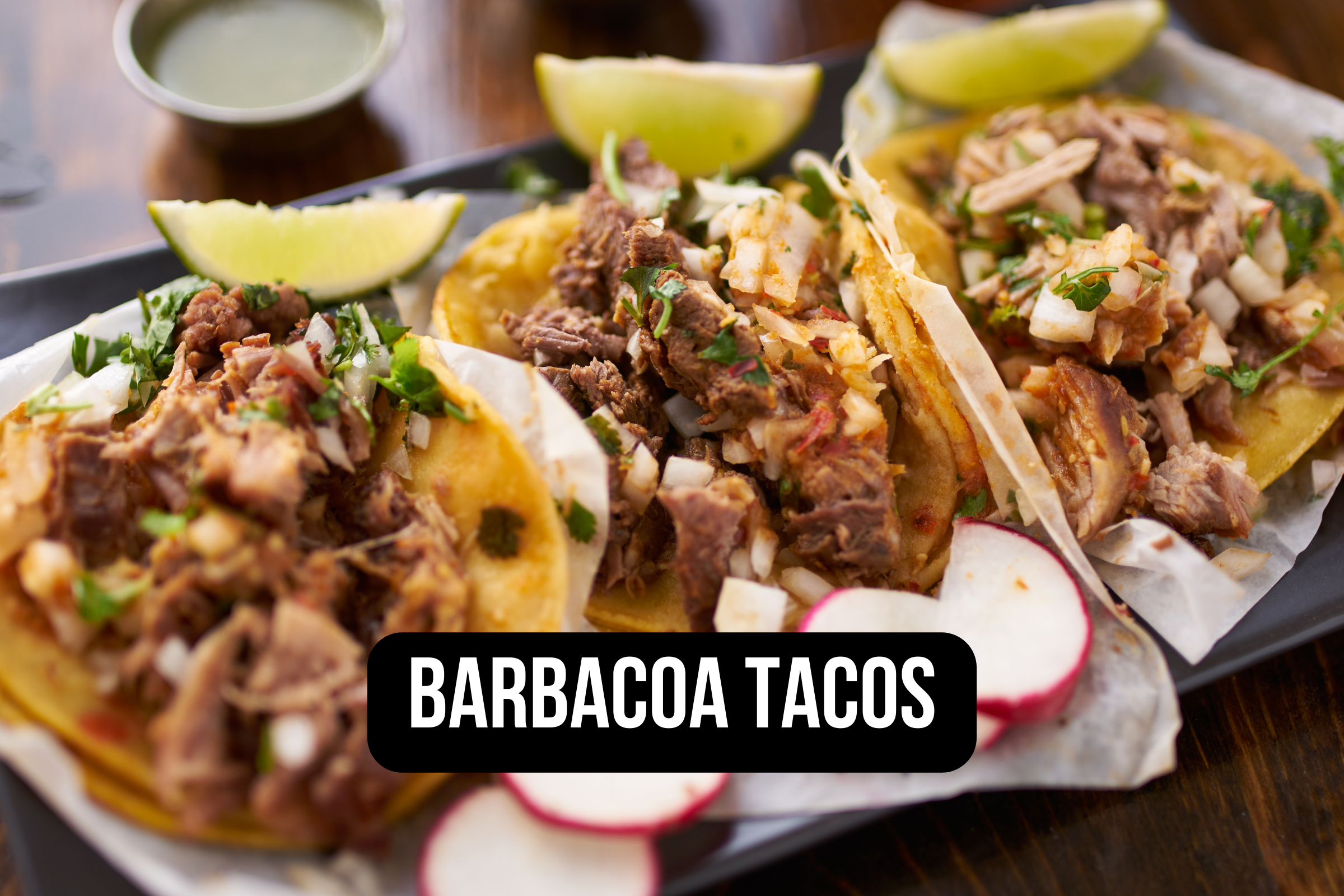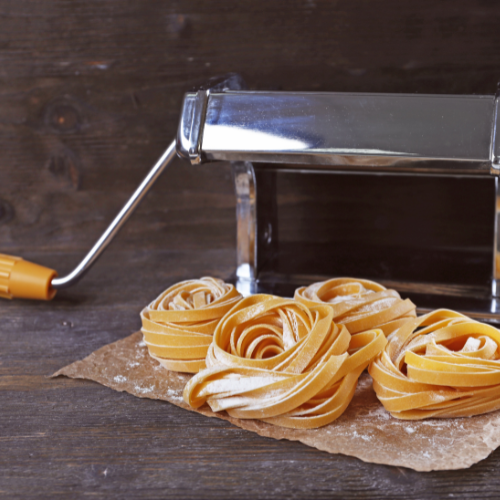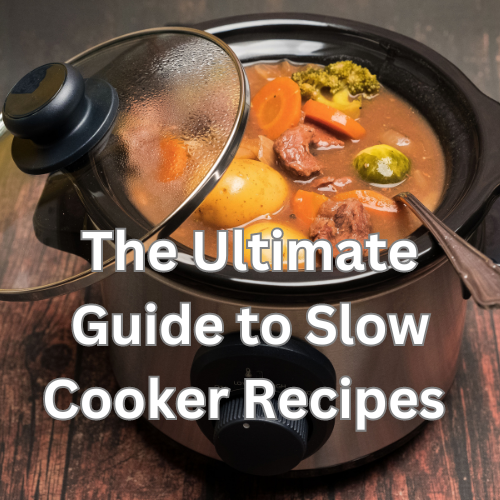The Best Oils to Clean Cast Iron": A Deep Dive
Introduction
Cast iron pans, with their remarkable durability and unique flavor-enhancing capabilities, have earned a special place in many kitchens. However, their maintenance, particularly seasoning, is a nuanced art. Seasoning involves applying oil to the pan, which, when heated, forms a protective, non-stick layer. But which oil is the best for this purpose? Let's explore.
Why Oil is Essential for Cast Iron
Oil is the magic ingredient that transforms the porous surface of cast iron into a smooth, non-stick, rust-resistant wonder. When heated, the oil undergoes polymerization, creating a shield that not only prevents rust but also offers a natural non-stick surface.
Factors to Consider When Choosing an Oil
When it comes to seasoning, not all oils are created equal. Here's what to consider:
Smoke Point: The temperature at which an oil begins to smoke. A high smoke point is preferable for seasoning.
Availability: Some oils might be harder to find depending on your location.
Cost: Exotic oils might offer great seasoning but can be heavy on the pocket.
Health Benefits: For those who value nutrition, the health benefits of the oil might be a consideration.
Top Oils for Cleaning and Seasoning Cast Iron
Flaxseed Oil: Known for its unique drying property, it forms a hard, protective layer on the pan. However, it's on the pricier side.
Grapeseed Oil: With its high smoke point and affordability, it's a favorite among many.
Canola Oil: A versatile and widely available option that won't break the bank.
Sunflower Oil: Boasts one of the highest smoke points and has a neutral flavor.
Vegetable Shortening (like Crisco): Not an oil per se, but it's effective and easy to apply.
Oils to Avoid
Some oils might not be the best choice for seasoning:
Butter: Low smoke point and potential for a sticky pan.
Olive Oil: Can leave a sticky residue due to its lower smoke point.
Coconut Oil: While usable, it might not be as effective as others.
Seasoning Frequency: A Quick Guide
The need to season depends on usage, what you cook, and cleaning methods:
After Every Use: A light seasoning post-cleaning maintains the protective coat.
When It Looks Dull or Sticky: Time for a thorough seasoning.
Post Cooking Acidic Foods: These can strip the seasoning, so reapplication might be needed.
Spotting Rust: Clean the rust and re-season.
Infrequent Use: Season every few months, especially in humid areas.
After Deep Cleaning: If you've given it a good scrub or used soap, re-season.
Avocado Oil: A Special Mention
Avocado oil, with its high smoke point and neutral flavor, is an excellent choice for seasoning. It's also packed with monounsaturated fats, offering health benefits. However, it might be pricier than other options.
Storing Your Cast Iron
To ensure your cast iron's longevity:
Keep It Dry: Always dry your pan thoroughly before storing.
Oil It Lightly: A light coat of oil protects against moisture.
Avoid Stacking: If you must, use protective layers in between.
Choose a Dry Spot: Humidity is cast iron's enemy.
Lid Storage: Store lids separately or leave them slightly ajar.
Hang If Possible: This prevents scratches and ensures good air circulation.
Regular Checks: Especially if stored for long periods, to ensure no rust formation.
In conclusion while there are multiple oils to choose from, the key is to pick one that suits your needs and budget. A well-maintained cast iron pan is a treasure in the kitchen, so you can invest the time to care for it right.
how to Clean and restore your cast iron
Cleaning rust off cast iron is essential to maintain its functionality and longevity. Here's a step-by-step guide to help you remove rust and restore your cast iron to its former glory:
1. Gather Your Supplies
You'll need:
White vinegar
Water
A non-abrasive scrubber or steel wool
Mild dish soap (optional)
Towels or paper towels
Oil for seasoning (e.g., flaxseed, grapeseed, or avocado oil)
2. Assess the Damage
Determine the extent of the rust. Light rust can often be removed with just a scrubber, while more severe rust may require a vinegar soak.
3. Scrubbing Method (for Light Rust)
Wet the scrubber or steel wool with water.
Gently scrub the rusted areas in a circular motion until the rust is gone.
If needed, you can add a bit of mild dish soap to help lift the rust.
4. Vinegar Soak Method (for Severe Rust)
Mix equal parts of white vinegar and water in a container large enough to submerge your cast iron.
Place the rusted cast iron in the solution.
Let it soak for 1-3 hours, depending on the severity of the rust. Check periodically.
Note: Don't leave it soaking for too long, as vinegar can eat away at the iron.
After soaking, use a scrubber or steel wool to remove the loosened rust.
5. Rinse and Dry
Thoroughly rinse the cast iron with water to remove any vinegar or soap residue.
Dry the pan completely using towels. To ensure it's bone dry, you can also place it on a stove burner on low heat for a few minutes.
6. Re-season Your Cast Iron
After removing rust, it's essential to re-season the pan:
Apply a thin, even layer of your chosen oil to the entire surface of the pan, both inside and out.
Place the pan upside down in a preheated oven at around 450°F (230°C) for about an hour.
Let it cool in the oven before storing.
7. Regular Maintenance
To prevent future rusting:
Always dry your cast iron thoroughly after washing.
Store in a dry place.
Season regularly.
By following these steps, you can effectively remove rust from your cast iron and ensure it remains a reliable tool in your kitchen for years to come.
The frequency of re-seasoning your cast iron cookware depends on several factors, including its usage, the foods you cook, and your cleaning methods. Here's a guideline to help you determine when to re-season:
After Every Use (Light Seasoning): After cleaning your pan, it's beneficial to heat it on the stove, add a small amount of oil, and spread it around the cooking surface and the exterior. This light seasoning helps maintain the pan's protective coating and keeps it ready for your next cooking session.
When the Pan Looks Dull or Sticky: If your pan's surface starts to lose its sheen or feels sticky, it's a sign that you should give it a thorough re-seasoning. This might occur after cooking acidic foods, like tomatoes, which can strip some of the seasoning.
After Cooking with High Moisture or Acidic Foods: Acidic or watery foods can degrade the seasoning. If you frequently cook such foods in your cast iron, consider re-seasoning more often.
If You Notice Rust: If your pan develops rust spots, you'll need to remove the rust and then re-season the pan to protect it.
If You Don't Use It Often: Cast iron that's stored for extended periods without use can benefit from occasional re-seasoning, especially if you live in a humid environment where moisture can lead to rust.
After Deep Cleaning: If you've had to scrub your pan vigorously to remove burnt-on food or if you've used soap (which isn't typically recommended but is sometimes necessary), you should re-season your pan afterward.
For many people who use their cast iron pans regularly, a full re-seasoning is necessary a few times a year. However, the light seasoning after each use is a simple step that can greatly extend the life and quality of your pan. Remember, the more you cook with your cast iron and maintain its seasoning, the better its natural non-stick properties will become.





































Patio Grill Station